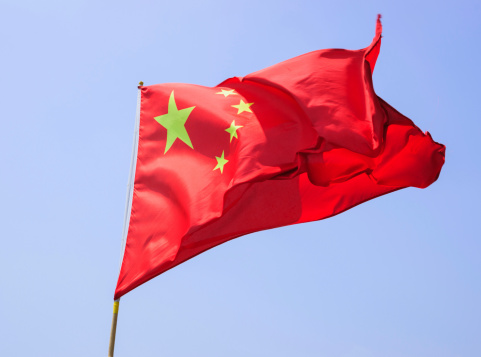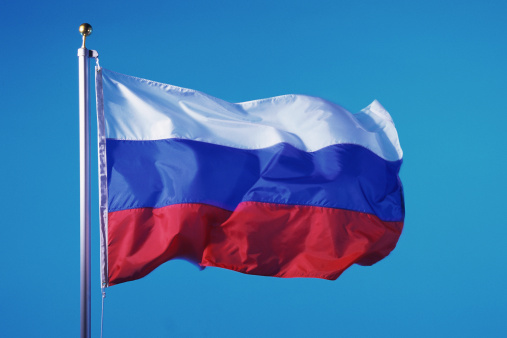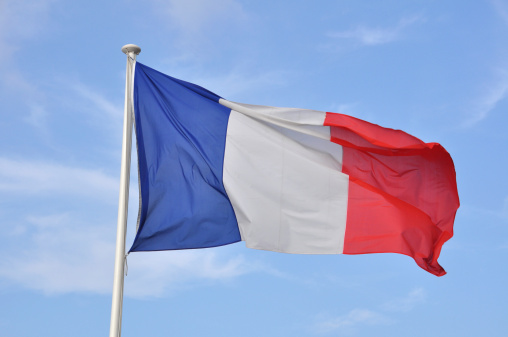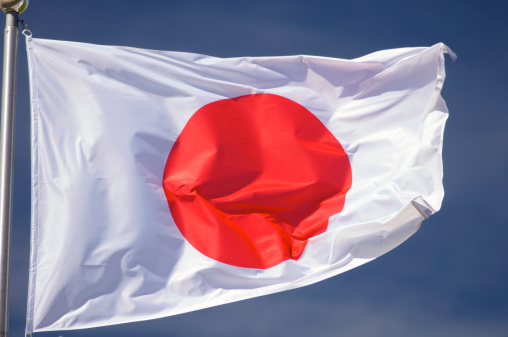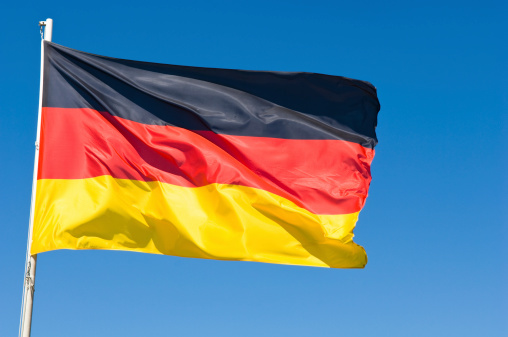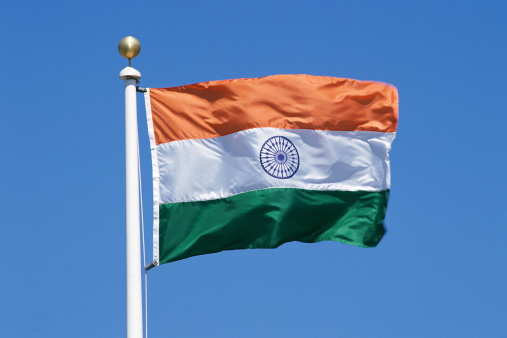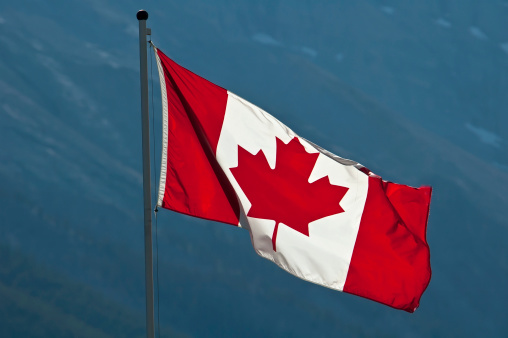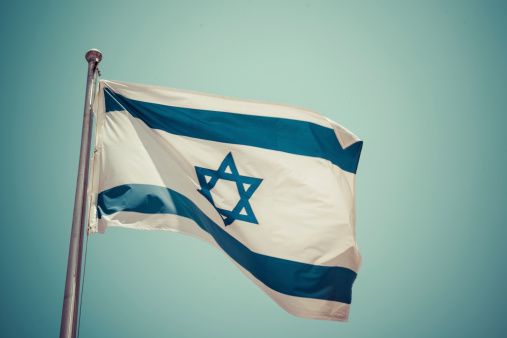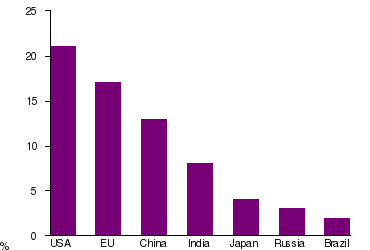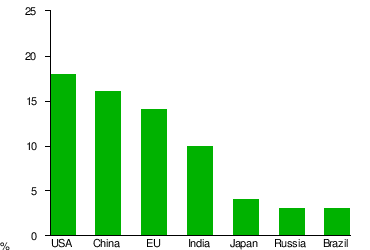This article focuses on the most powerful countries in the world, depending on a range of criteria which create different sets of rankings.
A country may be powerful simply because of its military might, while another may have a strong economy but relatively smaller defense budgets, as is the case with Germany and Japan.
For much of the 20th century and since the year 2000, the U.K. has been able to punch above its belt because of its geographical position, its language and powerful allies.
Although China’s military spending is not that different to the UK’s or France’s, its army has more than ten million more soldiers.
There are a number of different factors that determine what the most powerful countries are, including: military power, economic power, foreign affairs status, and energy security.
This information article provides a ranking of the most powerful countries based on The National Power Index (NPI) and a ranking of the most powerful countries based on comprehensive national power.
National Power Index
The most powerful countries can be quantified using The National Power Index, which combines the weighted factors of GDP, population, technology, and defense spending. Here is the full detailed methodology on how the most powerful countries in the world is calculated.
According to Nation Ranking:
“The National Power Index (NPI) is an attempt to quantify a nation’s power, i.e. its capacity to influence events and outcomes across the globe. It is a composite of five sub-indexes, each describing one of the elements which objectively contribute to a nation’s power: economy, military, diplomacy, technology and popularity.”
The United States
- Composite Index: 1
- Economic Capability: 1
- Military Capability: 1
- Population Capability: 3
- Technological Capability: 1
- Energy Security: 8
- Foreign Affairs Capability: 1
Population: 317,281,000
GDP (nominal): $15.68 trillion
Area: 9,826,675 km2
Active military personnel: 1,429,995
Note: The United States is likely to remain the most powerful country in the world for at least another decade or two given that it ranks number one in 5 different NPI sub-indexes.
China
- Composite Index: 2
- Economic Capability: 2
- Military Capability: 3
- Population Capability: 1
- Technological Capability: 10
- Energy Security: 14
- Foreign Affairs Capability: 9
Population: 1,350,695,000
GDP (nominal): $8.939 trillion
Area: 9,706,961 km2
Active military personnel: 2,285,000
Note: China ranks number one as the most populous country in the world and comes in second in terms of economic power. Analysts predict that China will overtake the US before 2030, according to the International Futures model.
Russia
- Composite Index: 3
- Economic Capability: 15
- Military Capability: 2
- Population Capability: 11
- Technological Capability: 11
- Energy Security: 4
- Foreign Affairs Capability: 4
Population: 143,600,000
GDP (nominal): $2.015 trillion
Area: 17,098,242 km2
Active Military Personnel: 766,000
Note: Russia is the world’s largest country in size (with huge energy reserves) and it is ranked number two in terms of its military power.
France
- Composite Index: 4
- Economic Capability: 6
- Military Capability: 4
- Population Capability: 7
- Technological Capability: 6
- Energy Security: 18
- Foreign Affairs Capability: 2
Population: 65,950,000
GDP (nominal): $2.739 trillion
Area: 640,679 km2
Active Military Personnel: 228,656
Note: France is ranked as the fourth most powerful country. Despite its strong military and economic power, France is mainly the fourth most powerful country because of its foreign affairs capability and position in global diplomacy – it is a permanent member of the UN security council.
Japan
- Composite Index: 5
- Economic Capability: 3
- Military Capability: 9
- Population Capability: 4
- Technological Capability: 2
- Energy Security: 25
- Foreign Affairs Capability: 6
Population: 126,659,683
GDP (nominal): $5.007 trillion
Area: 377,944 km2
Active Military Personnel: 247,746
Note: Despite a small land area Japan ranks fourth in population capability and it has one of the most powerful economies in the world (ranking third) and ranking second in technological capability.
The United Kingdom
- Composite Index: 6
- Economic Capability: 5
- Military Capability: 5
- Population Capability: 13
- Technological Capability: 8
- Energy Security: 16
- Foreign Affairs Capability: 3
Population: 63,181,775
GDP (nominal): $2.490 trillion
Area: 243,610 km2
Active Military Personnel: 205,330
Note: Once an empire that controlled more than a quarter of the world the UK is still one of the world’s most powerful countries. It ranks third in foreign affairs capability and it has a strong economy along with one of the most powerful militaries in the world.
Germany
- Composite Index: 7
- Economic Capability: 4
- Military Capability: 8
- Population Capability: 5
- Technological Capability: 7
- Energy Security: 21
- Foreign Affairs Capability: 5
Population: 80,585,700
GDP (nominal): $3.593 trillion
Area: 357,021 km2
Active Military Personnel: 182,927
Note: Germany is one of the world’s leading economies with a relatively large population and significant influence in the European Union.
India
- Composite Index: 8
- Economic Capability: 8
- Military Capability: 7
- Population Capability: 2
- Technological Capability: 17
- Energy Security: 20
- Foreign Affairs Capability: 11
Population: 1,210,193,422
GDP (nominal): $1.758 trillion
Area: 3,287,590 km2
Active Military Personnel: 1,325,000
Note: India is the second most populous country in the world and the eighth largest military spender. India is also highly ranked in its economic and military capability.
Canada
- Composite Index: 9
- Economic Capability: 10
- Military Capability: 15
- Population Capability: 9
- Technological Capability: 9
- Energy Security: 3
- Foreign Affairs Capability: 10
Population: 35,158,300
GDP (nominal): $1.825 trillion
Area: 9,984,670 km2
Active Military Personnel: 65,000
Note: Canada is the second largest country in the world in terms of size and it is abundant in natural resources. The country has a strong economy and very strong ties with the US and UK.
Israel
- Composite Index: 10
- Economic Capability: 25
- Military Capability: 6
- Population Capability: 17
- Technological Capability: 4
- Energy Security: 26
- Foreign Affairs Capability: 19
Population: 8,051,200
GDP (nominal): $272.737 billion
Area: 22,072 km2
Active Military Personnel: 176,500
Note: Israel has a huge influence in the Middle East region with the strongest military in the area. It is also among one of the world’s most technologically and scientifically progressed countries.
Comprehensive National Power:
- United States
- United Kingdom
- Russia
- France
- Germany
- China
- Japan
- Canada
- South Korea
- India
Source: Reports on International Politics and Security in the Yellow Book of International Politics by the Social Sciences Center.


